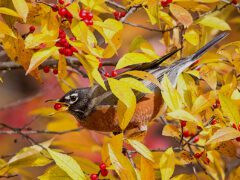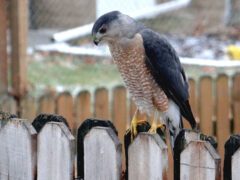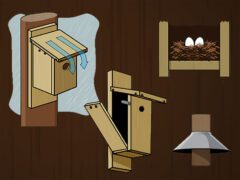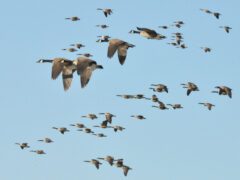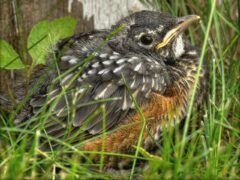The Four Keys to ID
- Size & Shape
A small, compact woodpecker with a relatively long, straight, chisel-like bill.
Relative Size
Larger than a Downy Woodpecker, smaller than a Hairy Woodpecker.

 robin-sized
robin-sizedMeasurements
- Both Sexes
- Length: 7.1-7.9 in (18-20 cm)
- Weight: 1.2-1.8 oz (34-51 g)
- Wingspan: 14.2 in (36 cm)
© Chris Rohrer 🦜 / Macaulay Library
- Color Pattern
- Behavior
- Habitat
Regional Differences
Ornithologists recognize two subspecies: arizonae, resident from Arizona and New Mexico south to northwestern Durango and northeastern Sinaloa, Mexico. A smaller darker subspecies, fraterculus, occurs from southwestern Sinaloa and central Durango south to Michoacán, Mexico.

























